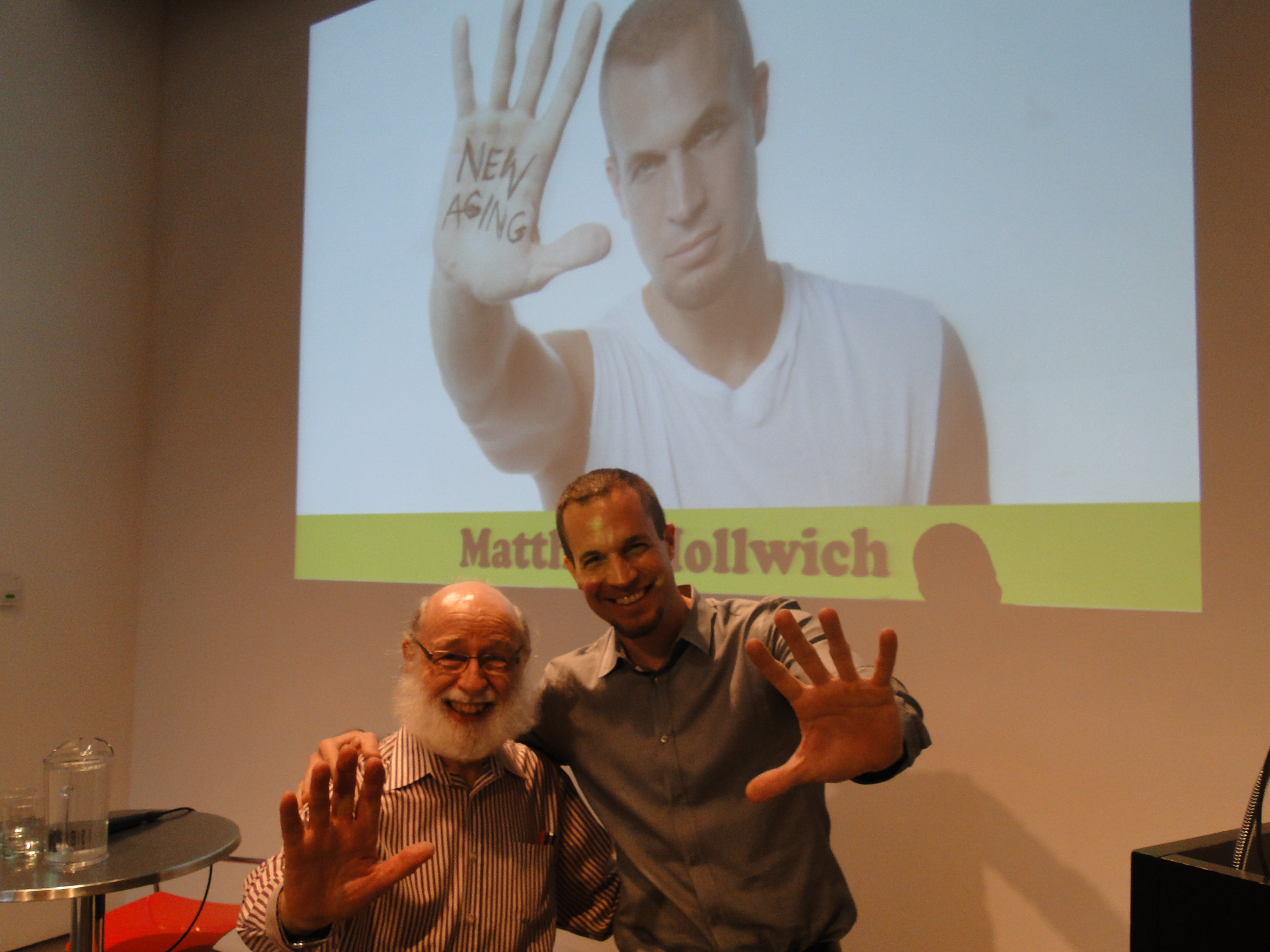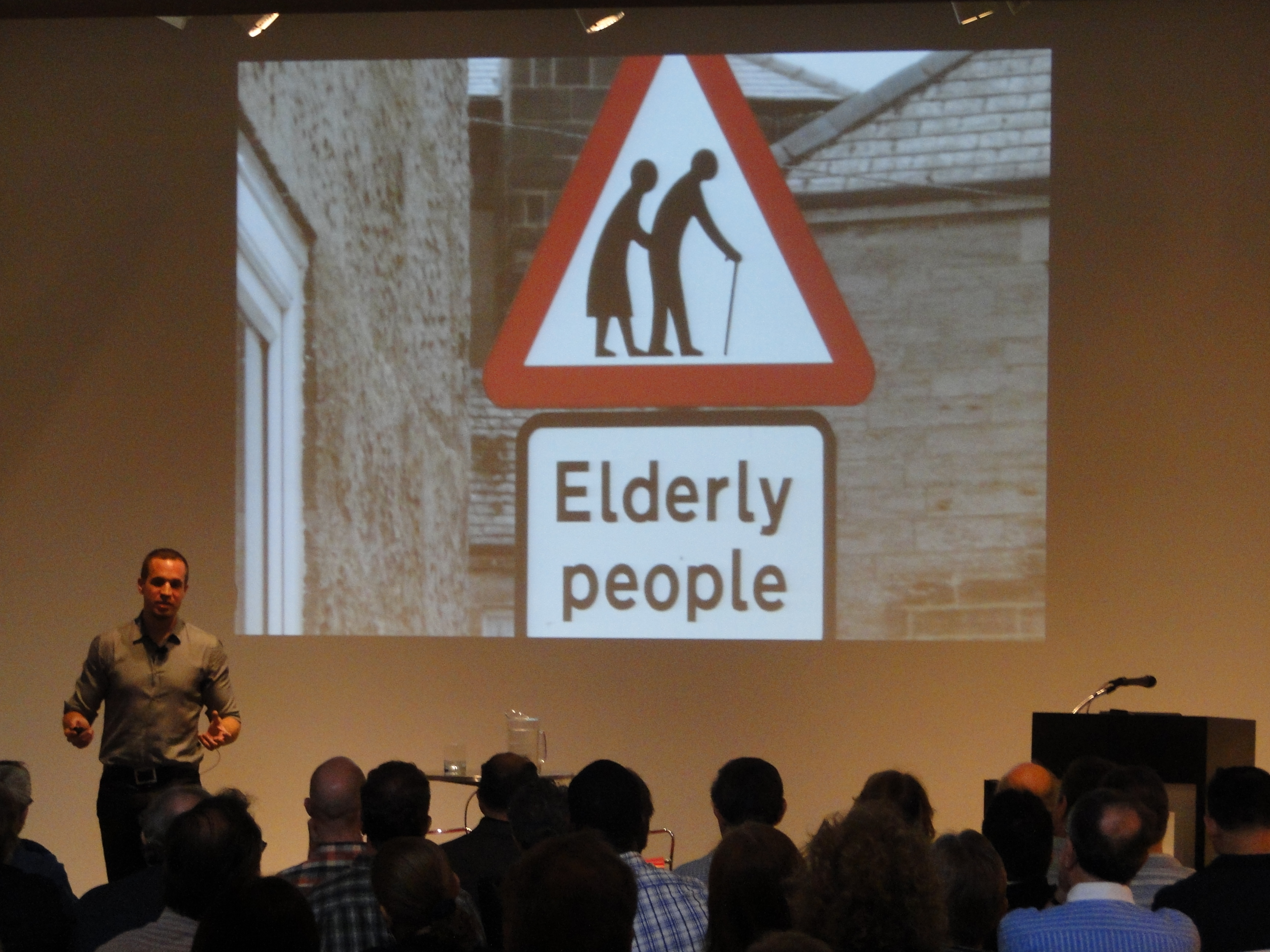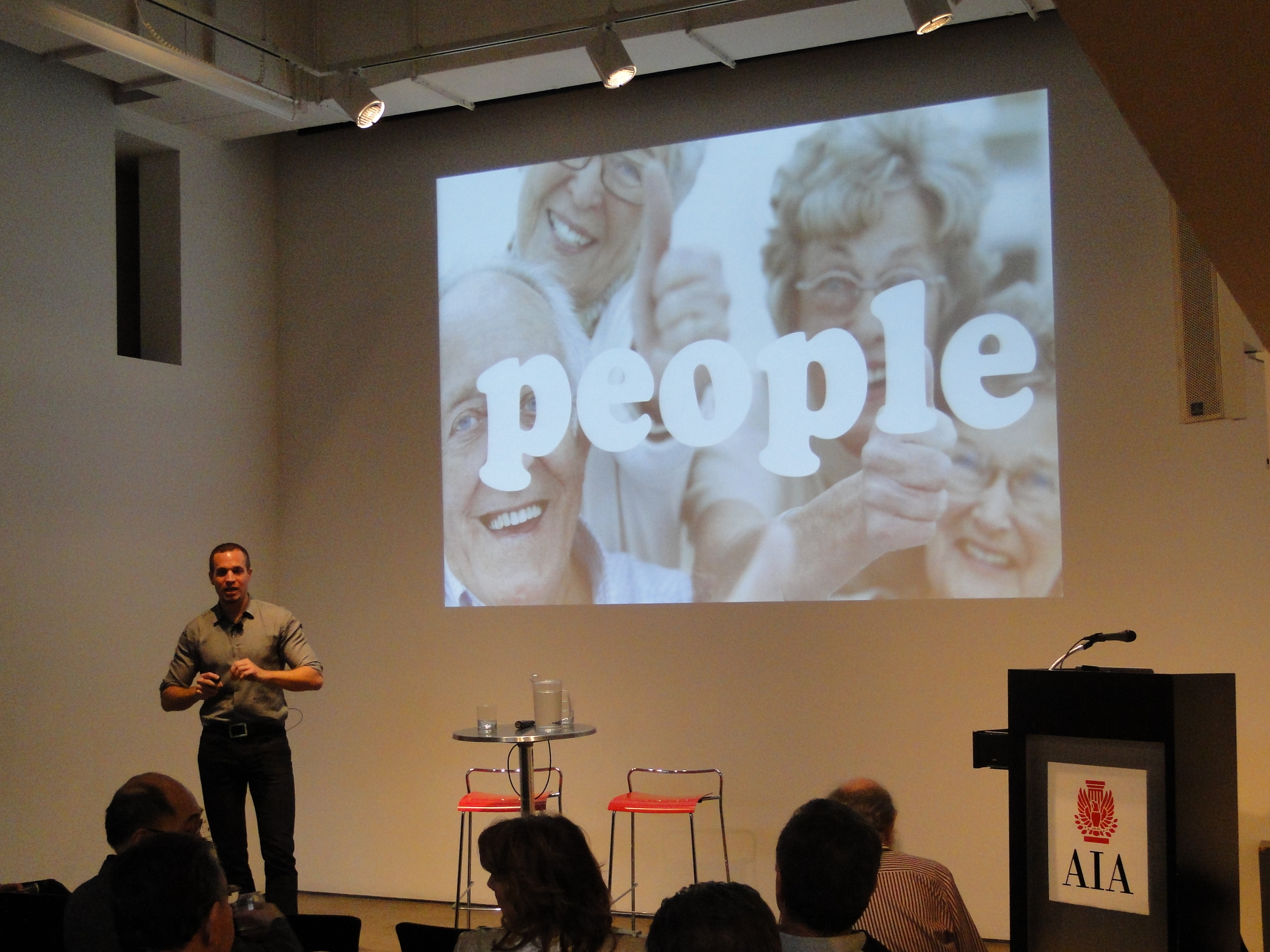by: Jerry Maltz AIA
Aging is not a mysterious process. We have been familiar with it for thousands of years, yet we tend to avoid thinking about how we can accommodate to it. This frequently, and unfortunately, results in people living the last several years of their lives in situations and places in which they do not want to be, such as nursing homes.
Matthias Hollwich, co-principal of Hollwich Kushner (HWKN), wants to stimulate a revolution in attitudes toward aging: start young and be prepared; declare yourself old at 40 and think through your wants and needs as you contemplate your future; increase your awareness of how architecture and the design of the total physical environment have a significant effect on your ability to remain independent; realize that many of our homes tend to trap us, preventing independence rather than enabling it. And many of our difficulties are due to social deficits, which can be prevented. People are encouraged to talk to bankers about financial preparedness, but they do not think about talking to architects about environmental preparedness.
Hollwich formulated a holistic approach toward alleviating this situation, based on an in-depth understanding of the great range of people’s needs and desires. He has been involved in developing sizable intergenerational communities in the U.S. and elsewhere to provide age-friendly, stimulating environments. The design of these communities is aimed at enabling all individuals to live the lives they want regardless of ability: independent, self-determined, and meaningful. Residents become empowered to live their chosen lifestyle.
The design of these places is a collaborative effort. Hollwich’s firm HWKN coordinates the planning and has commissioned 10 high-design firms that do not specialize in housing for seniors to design the individual buildings. The intent is to develop approaches that are not constrained by current practice. The architecture is deliberately provocative to attract the attention of the public to these communities and thus broaden their influence. Visitors are encouraged to spread the word; architecture becomes a communications device.
Sites for the communities are enmeshed in urban contexts to take advantage of the richness and variety of services and amenities available in those locations. They are organized to discourage the use of automobiles, since dependence on private cars can have a significant detrimental effect on the outlook of individuals if they become unable to drive. Services and amenities are integrated and within walking distance, but mass transportation options are available if needed. Individual buildings include numerous common spaces and amenities to stimulate social exchange among the residents, and to encourage them to be active, take a proprietary interest in, and develop a feeling of responsibility for their buildings and their community.
Some of the common areas are located at the tops of the buildings, to give all residents access to desirable vistas, rather than limiting these spaces to private penthouses. A variety of apartment typologies are provided to accommodate families, individuals, friends, caretakers, and others with special needs and desires. The details conform to the principles of Universal Design. It is especially important to design bathrooms for ease of use: research has indicated that dementia is often exacerbated by a lack of drinking water: if bathrooms are difficult for seniors to use they tend to drink less to reduce the need for using those facilities.
None of these communities have yet been built, but negotiations are in process for specific locations in California and New Jersey. See [http://hwkn.com/filter/newaging/] for more details. Economics tend to make these places expensive, but the planners and developers are working on ways to make them more affordable.
Hollwich is also writing a book on New Aging, which should be available next year. It explicates the following guidelines, considered urgent, regarding our attitudes toward aging:
The goal of Hollwich’s work is to demonstrate that with some forethought, aging in place can be simple, and that architects can have a significant influence in making this happen.
Jerry Maltz, AIA, is Co-chair of the AIANY Design for Aging Committee.
Organizer: AIANY Design for Aging Committee










